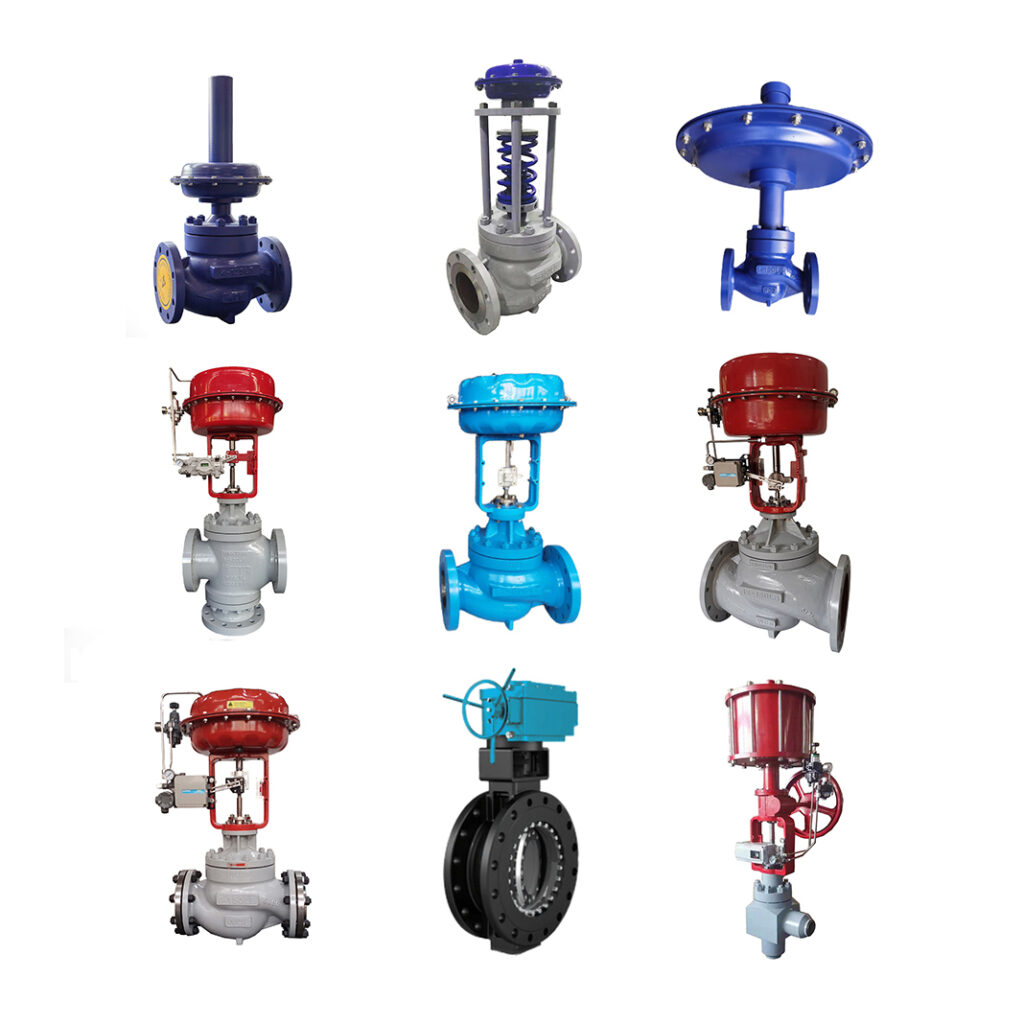Efficient Control Valves: Secret Parts for Reliable System Monitoring
Wiki Article
Achieve Seamless Integration and Control With High Quality Structure Automation Controls
In the world of contemporary building management, the significance of top quality structure automation controls can not be overemphasized. Accepting quality building automation controls is not just an issue of benefit but a tactical critical for organizations intending to enhance their centers' efficiency and sustainability.Evolution of Building Automation Controls
Throughout the previous few years, the development of developing automation controls has dramatically changed the way buildings are handled and run. Originally, constructing automation systems mostly concentrated on basic functions such as managing air, ventilation, and heating conditioning (A/C) systems. Nevertheless, as technology progressed, these controls have come to be extra innovative, permitting a bigger series of structure systems to be integrated and handled centrally.The evolution of building automation controls has actually seen a change towards even more smart systems that can adapt to altering conditions in real-time. This flexibility is crucial for optimizing energy efficiency and guaranteeing occupant convenience. In addition, modern-day building automation controls now provide features such as anticipating maintenance, remote monitoring, and information analytics, enabling center managers to make data-driven decisions to boost structure efficiency.
Benefits of Quality Assimilation
The development in building automation controls in the direction of more intelligent systems has underscored the significant benefits of top quality integration in enhancing structure operations and improving overall efficiency. This centralized control likewise provides far better visibility and insights into building efficiency, enabling proactive upkeep and optimization strategies. Generally, the benefits of quality assimilation in structure automation controls are obvious, supplying enhanced performance, convenience, and functional performance.Boosted Customer Experience and Accessibility
Enhancing individual interaction with building automation controls with instinctive style and enhanced accessibility boosts the overall experience for owners and center supervisors alike. By concentrating on customer experience, developing automation systems can end up being more effective and easy to use. Intuitive interfaces, clear navigating, and adjustable settings empower customers to communicate with the controls conveniently and properly.Accessibility attributes play an important function in guaranteeing that all people, consisting of those with impairments, can utilize the building automation regulates easily. Incorporating features such as voice commands, tactile buttons, and color-contrasted screens can enhance access and make the controls much more inclusive.
Moreover, enhanced customer experience brings about greater customer satisfaction, boosted productivity, and much better decision-making. Occupants can change environmental setups according to their choices, while center managers can efficiently handle and check structure systems - control valves. On the whole, focusing on customer experience and ease of access in building automation manages adds to a more effective and seamless structure atmosphere for all stakeholders involved
Sustainable Practices Through Automation

In addition, automation can promote the combination of sustainable power sources such as solar panels or wind generators into building operations. Through automation, buildings can straighten with modern-day sustainability goals and contribute to a greener future.
Future Trends in Structure Control Solution
In anticipation of developing and advancing modern technologies sustainability practices, the trajectory of structure control systems is positioned to welcome transformative techniques and innovative solutions. One noticeable fad forming the future of structure control systems is the boosted integration of Expert system (AI) and equipment understanding. These innovations enable structures to adjust in real-time to transforming conditions, maximizing power intake and enhancing convenience for residents. Furthermore, the Internet of Points (IoT) is reinventing structure control systems by linking sensors and tools to improve operations and improve effectiveness.
An additional vital pattern is the click here to find out more focus on cybersecurity procedures to protect versus prospective threats to developing automation systems. As buildings come to be extra interconnected, making sure robust cybersecurity protocols will be important to safeguard sensitive information and protect against unauthorized accessibility.
Furthermore, the shift towards cloud-based platforms is acquiring momentum, permitting streamlined control and remote accessibility to structure systems. This facilitates much easier surveillance, upkeep, and updates, improving the total performance and versatility of building control systems. As innovation continues to development, these fads are expected to shape the future landscape of structure automation controls, driving innovation and sustainability in the constructed atmosphere.
Conclusion
To conclude, constructing automation controls have advanced substantially, providing countless advantages such as enhanced individual experience, ease of access, and sustainable practices. Quality combination plays a key duty in accomplishing smooth control and efficient procedure of building systems. Future fads in building control systems are likely to concentrate on further boosting automation capacities for improved energy efficiency and general performance. It is crucial for structure proprietors and drivers to prioritize the adoption of top quality structure automation controls to maximize building operations and attain long-term sustainability objectives.In the realm of modern building management, the value of quality structure automation controls can not be overstated. In general, the evolution of structure automation manages continues to drive advancement in the structure monitoring sector, providing brand-new opportunities for creating smarter and much more lasting buildings.
The development in building automation manages towards more intelligent systems has actually highlighted the significant advantages of high quality integration in maximizing structure operations and boosting overall performance. In general, focusing on user experience and availability in structure automation manages contributes to an extra seamless and efficient structure atmosphere for all best site stakeholders involved.
It is necessary for building proprietors and operators to prioritize the fostering of quality building automation controls to maximize building operations and attain lasting sustainability objectives. - control valves
Report this wiki page